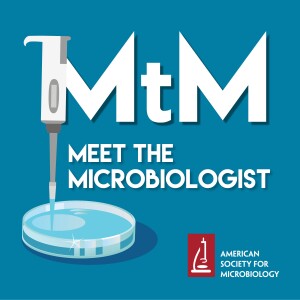
Dr. Jessica Lee, scientist for the Space Biosciences Research Branch at NASA’s AIMS Research Center in Silicon Valley uses both wet-lab experimentation and computational modeling to understand what microbes really experience when they come to space with humans. She discusses space microbiology, food safety and microbial food production in space and the impacts of microgravity and extreme radiation when sending Saccharomyces cerevisiae to the moon.
Ashley's Biggest Takeaways - Lee applied for her job at NASA in 2020.
- Prior to her current position, she completed 2 postdocs and spent time researching how microbes respond to stress at a population level and understanding diversity in microbial populations.
- She has a background in microbial ecology, evolution and bioinformatics.
- Model organisms are favored for space research because they reduce risk, maximize the science return and organisms that are well understood are more easily funded.
- Unsurprisingly, most space research does not actually take place in space, because it is difficult to experiment in space.
- Which means space conditions must be replicated on Earth.
- This may be accomplished using creative experimental designs in the wet-lab, as well as using computational modeling.
- Out of This World: Microbes in Space.
- Register for ASM Microbe 2023.
- Add “The Math of Microbes: Computational and Mathematical Modeling of Microbial Systems,” to your ASM Microbe agenda.
Let us know what you thought about this episode by tweeting at us @ASMicrobiology or leaving a comment on facebook.com/asmfan.
More Episodes
MTS11 - Daniel Lew - The Yeast Cell Cycle
 2008-12-08
2008-12-08
 2008-12-08
2008-12-08
MTS5 Brett Finlay - E.coli and the Human Gut
 2008-10-02
2008-10-02
 2008-10-02
2008-10-02
MTS4 David Relman - The Human Microbiome
 2008-09-25
2008-09-25
 2008-09-25
2008-09-25
012345678910111213141516171819
Create your
podcast in
minutes
- Full-featured podcast site
- Unlimited storage and bandwidth
- Comprehensive podcast stats
- Distribute to Apple Podcasts, Spotify, and more
- Make money with your podcast
It is Free
- Privacy Policy
- Cookie Policy
- Terms of Use
- Consent Preferences
- Copyright © 2015-2024 Podbean.com





